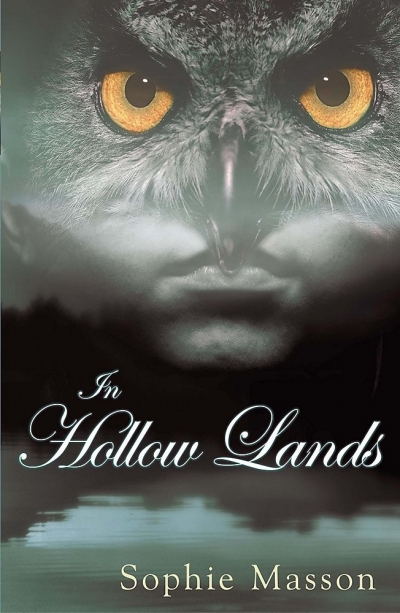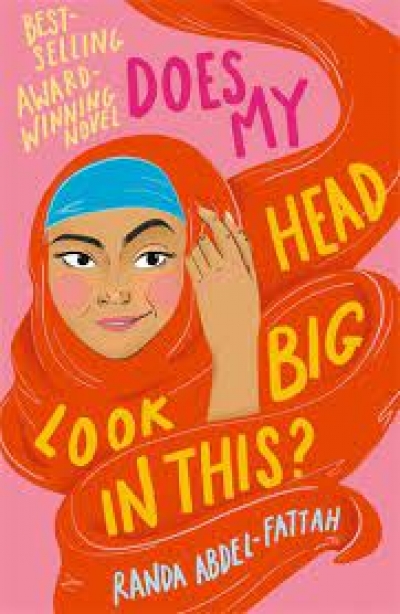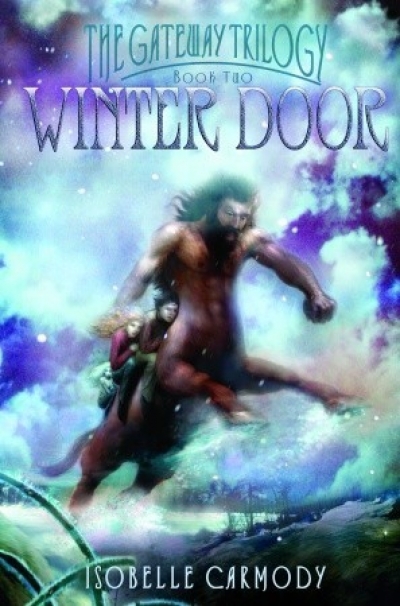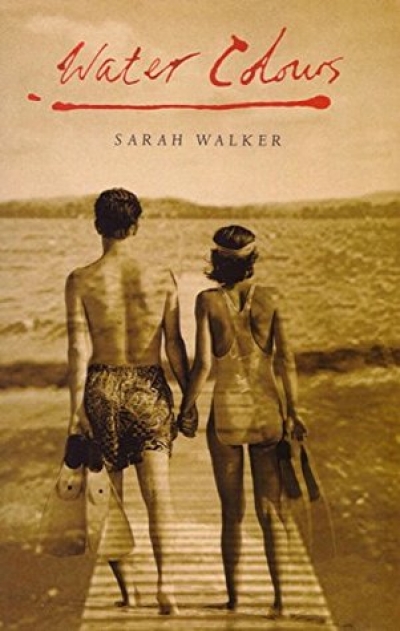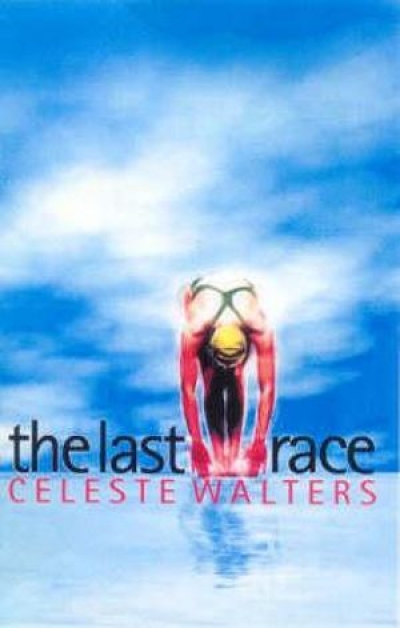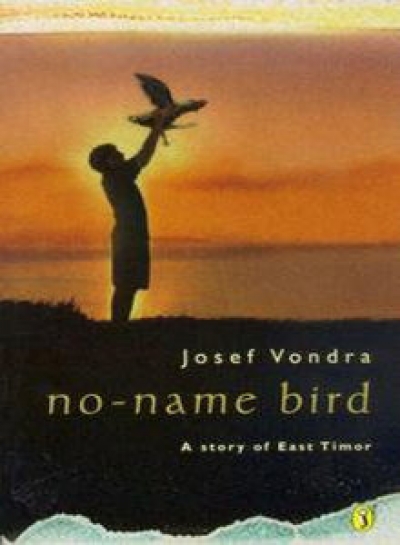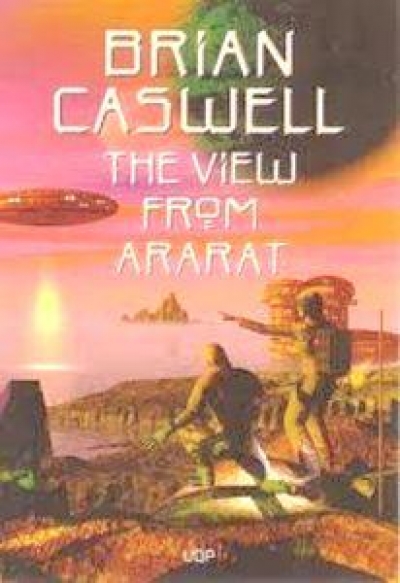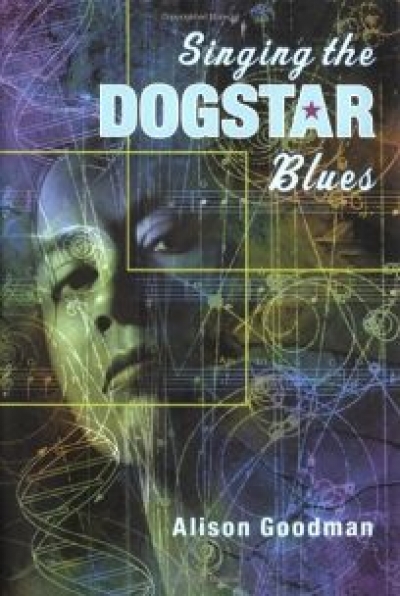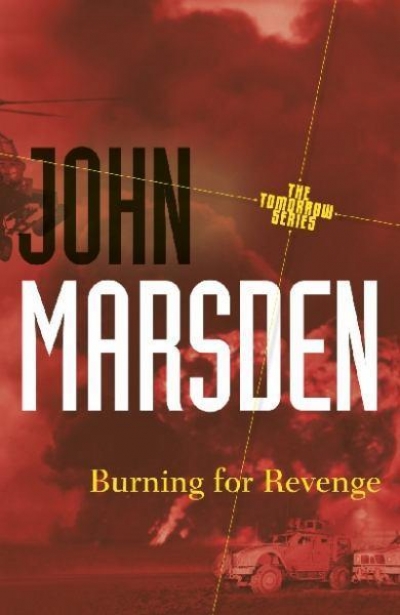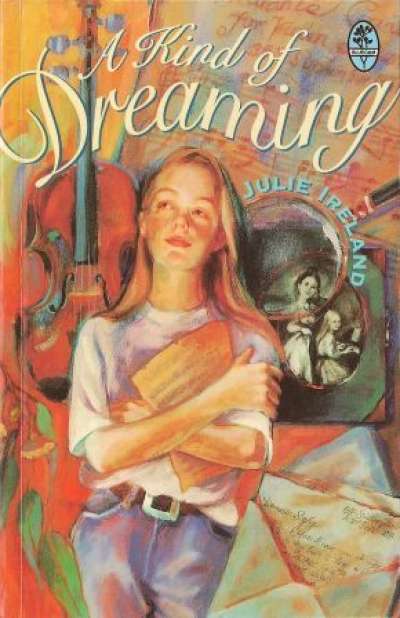Young Adult Fiction
Does My Head Look Big in This? by Randa Abdel-Fattah & Still Waving by Laurene Kelly
by Anna Ryan-Punch •
The Winter Door by Isobelle Carmody & Shædow Master by Justin D'Ath
Water Colours by Sarah Walker & Bad Girl by Margaret Clark
by Robyn Sheahan-Bright •
The View from Ararat by Brian Caswell & Go and Come Back by Joan Abelove
by Stephen Matthews •
A Kind of Dreaming by Julie Ireland & Next Stop the Moon by Suzanne Gervay
by Barry Carozzi •

